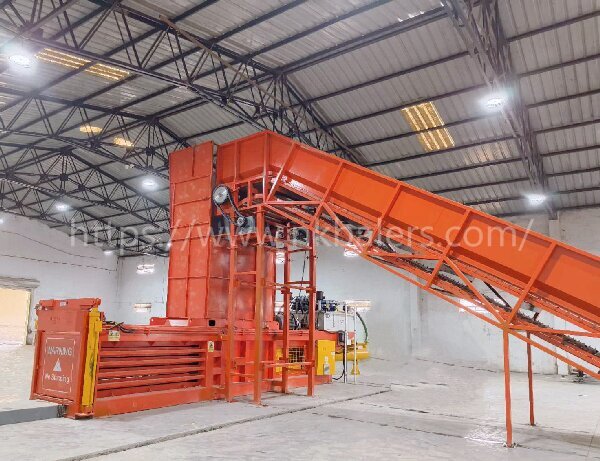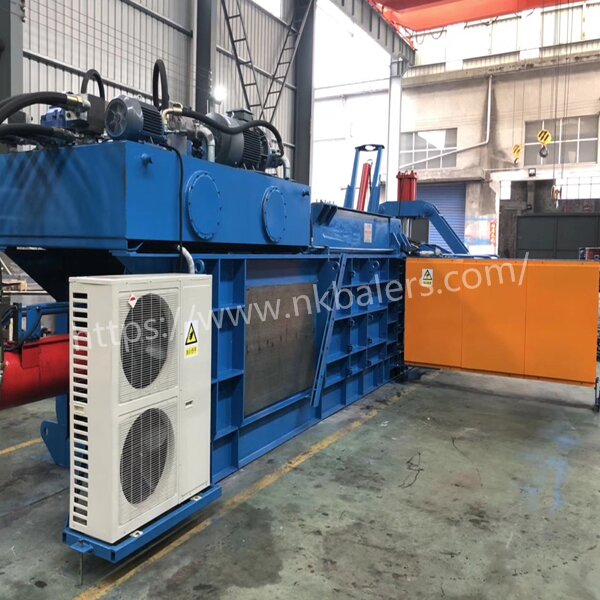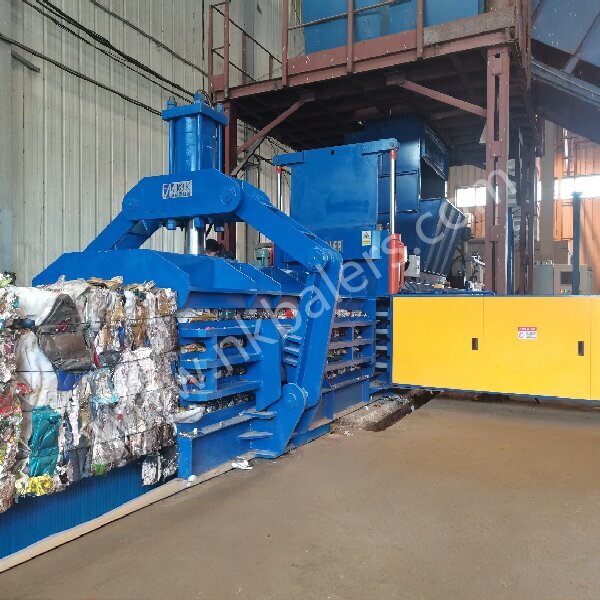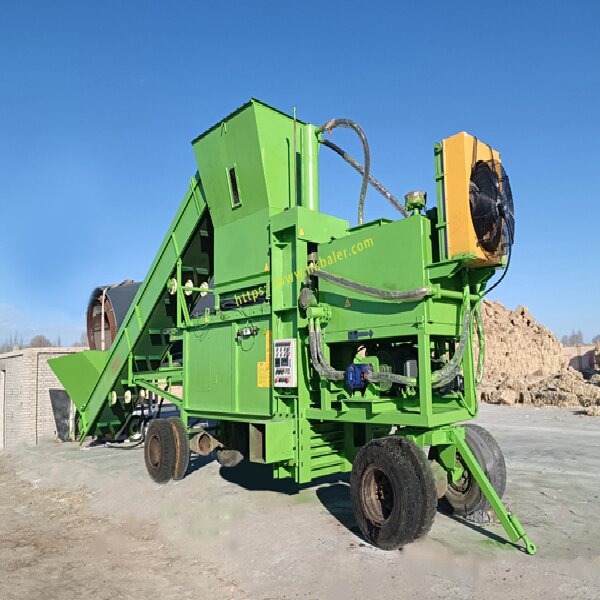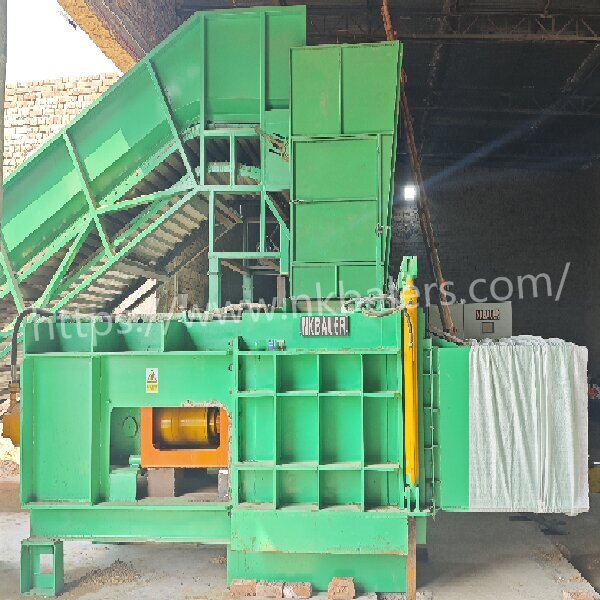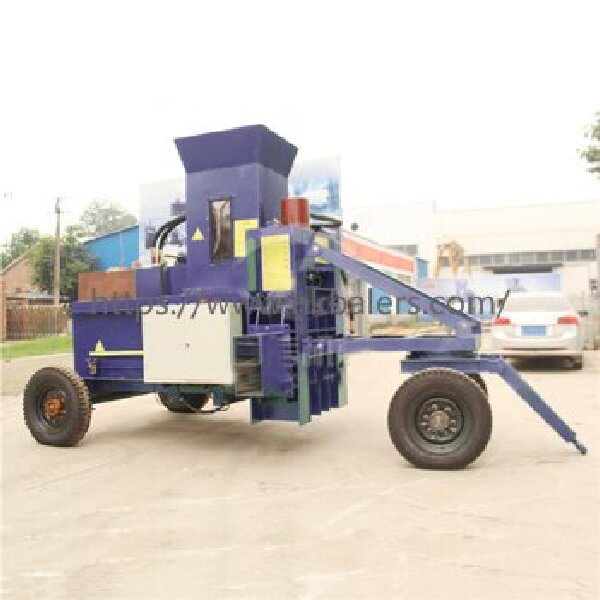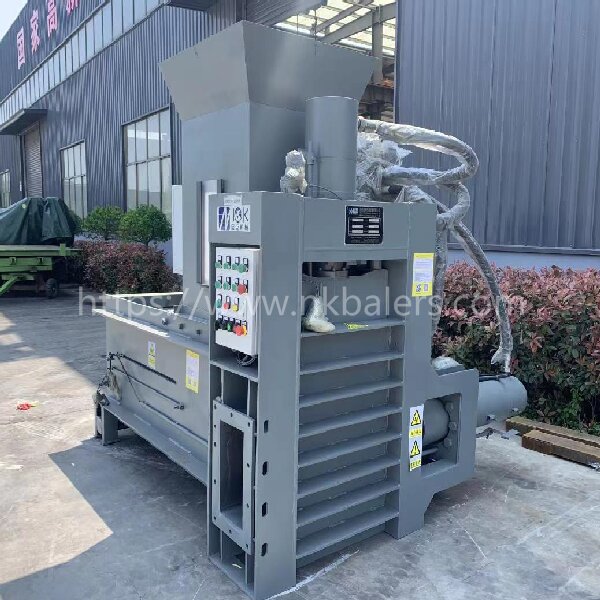The electricity required to produce one bale with a carton box baling press depends on several factors,including machine size, compression force, cycle time, and material density. Below is a general estimation:Power Consumption Factors:Machine Type & Motor Power:Small Vertical Balers (3–7.5 kW motor): ~0.5–1.5 kWh per bale;Medium Horizontal Balers (10–20 kW motor): ~1.5–3 kWh per bale;Large Industrial Balers (30+ kW motor): ~3–6 kWh per bale;Bale Size & Density:Standard 500–700 kg cardboard bale requires more energy than a smaller 200 kg bale.Higher compression force (e.g., 50+ tons) increases power usage but improves bale density.Cycle Time & Efficiency:Faster cycling increases hourly consumption but may reduce kWh per bale due to optimized operation.Automatic balers with PLC controls often use energy more efficiently than manual models.Energy-Saving Tips:Regular Maintenance – Clean hydraulic systems and lubricate parts to reduce friction.Optimal Loading – Avoid under/overfilling to minimize repeated cycles.Automatic Shutdown – Use balers with idle-mode power saving.
Conclusion:Most carton balers consume 0.5–6 kWh per bale, with industrial models at the higher end. For precise figures, check the machine’s motor specs or conduct an energy audit. Efficient operation can significantly reduce costs over time.The NKW125Q Carton Box Baling Press is a high-performance, fully automatic baling machine engineered for recycling and compressing cardboard, carton boxes, waste paper, and related materials into compact, uniform bales.This versatile machine is widely used in recycling centers, waste management facilities, and packaging operations to reduce the volume of paper-based waste, thereby lowering storage and transportation costs.
Designed with a robust hydraulic transmission system and dual-cylinder operation, the NKW125Q delivers a consistent main cylinder force of 125T to ensure high-density bale formation.Its adjustable packaging parameters allow operators to tailor bale size and weight to meet specific recycling requirements.Additionally, the machine features an advanced PLC control system with photoelectric sensors for automatic feed inspection, pressure control, and bale ejection—enhancing both efficiency and safety.
